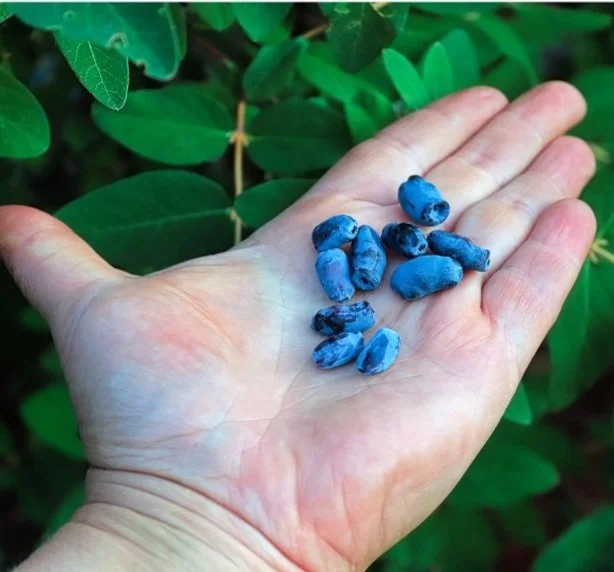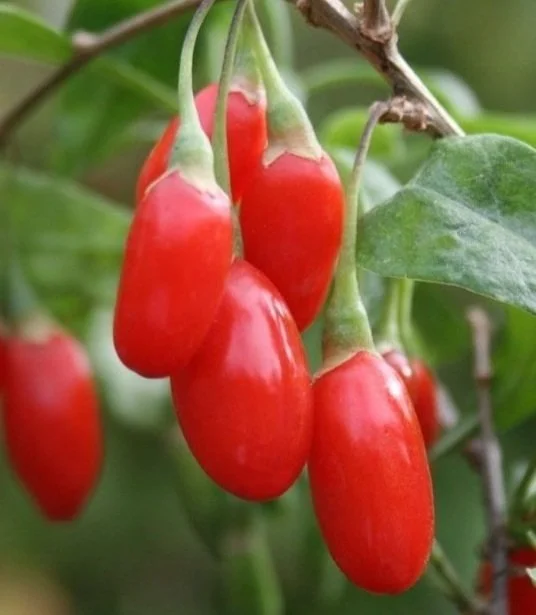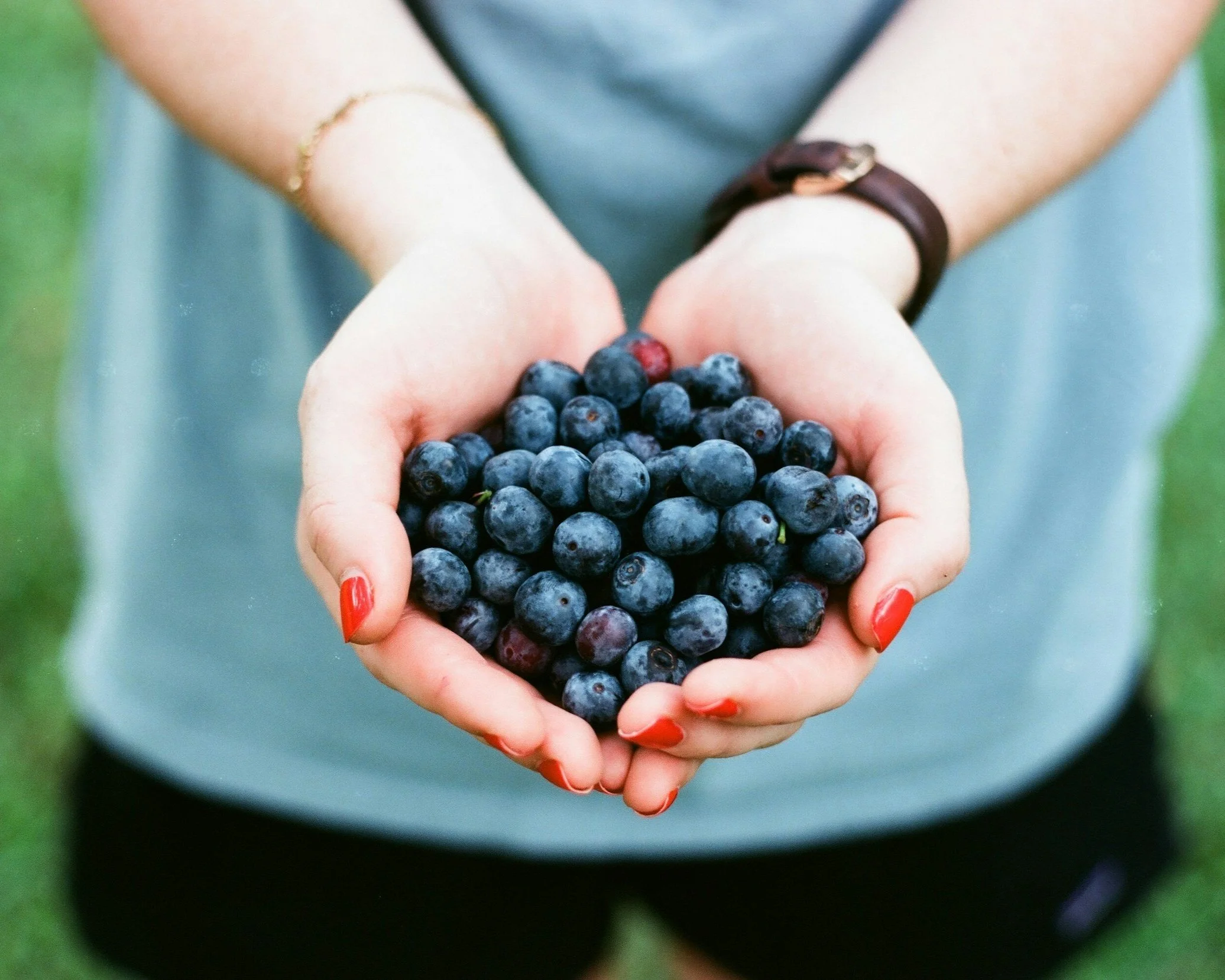Why We Need Super Berries in 2025: The Science-Backed Power of Antioxidants
We’ve all heard the word “antioxidants,” but what are they really—and why are they so important today?
In simple terms, antioxidants protect your cells from oxidative stress caused by free radicals, which are unstable molecules linked to inflammation, aging, and chronic disease. And in 2025, their importance is greater than ever. Rising environmental pollution, stress, poor sleep, and ultra-processed foods all contribute to elevated oxidative damage in our bodies.
One of the easiest (and tastiest) ways to increase your antioxidant intake? Berries.
Packed with vitamins, minerals, fiber, polyphenols, and phytonutrients, berries are nature’s nutritional powerhouses. While blueberries often get the spotlight, many lesser-known berries provide equal—or even greater—benefits.
Here are the top 5 superberries to add to your diet this year.
Top 5 Superberries to Know in 2025
1. Haskap Berries (Lonicera caerulea)
Also known as blue honeysuckle or honeyberry, the haskap berry is a cold-climate fruit originally from Japan, Russia, and northern Canada—and it’s making waves in nutritional science.
What makes it a true superberry?
Up to 6x the anthocyanins of blueberries
3x the antioxidant power
High levels of quercetin, vitamin C, potassium, and polyphenols
A 2022 study published in Nutrients found that runners who consumed haskap berry powder experienced improved time-to-exhaustion and faster 5K performance, along with quicker muscle recovery—a testament to haskap's anti-inflammatory and energy-enhancing potential.
Haskap also contains C3G (cyanidin-3-glucoside), a potent compound linked to glucose regulation and insulin sensitivity, making it a smart choice for those managing blood sugar or diabetes.
Recent findings in Antioxidants (2024) highlight haskap’s mitochondrial protective properties, meaning it supports long-term energy, muscle efficiency, and cellular repair. Plus, it's delicious—a sweet-tart taste somewhere between a raspberry and a wild blueberry.
🔄 Available in juice and powder form, haskap is easy to add to smoothies, yogurt, oatmeal, or even take as a 1 oz daily wellness shot.
2. Goji Berries (Lycium barbarum)
Goji berries, native to China and long used in traditional medicine, are known for their high vitamin A and zeaxanthin content, both crucial for eye health and immune function.
A 2021 clinical study published in Nutritional Neuroscience found that goji berry supplementation slowed age-related eye degeneration in healthy adults. Other trials have shown benefits including:
Improved metabolic function
Elevated antioxidant levels
Possible aid in weight management
While many studies are still small in scale, the cumulative evidence is promising for daily goji berry consumption—especially when part of a diet rich in varied antioxidants.
3. Blueberries (Vaccinium corymbosum)
Still one of the most accessible superberries, blueberries remain a top choice for health-conscious eaters. They're rich in anthocyanins and have been shown to:
Improve cardiovascular health
Lower LDL (bad) cholesterol
Enhance insulin sensitivity
Slow cognitive decline
A long-term study published in The American Journal of Clinical Nutrition (2023) confirmed that daily blueberry consumption is associated with up to 26% reduced risk of developing type 2 diabetes, alongside better memory and attention in older adults.
That said, haskap berries may deliver these same benefits—often in greater concentration.
4. Elderberries (Sambucus nigra)
Used for centuries in traditional European medicine, elderberries are best known for their role in supporting the immune system, especially during cold and flu season.
They contain:
Vitamin C (60% RDA per 100g)
Anthocyanins and flavonoids
Fiber for digestive support
Research published in Advances in Nutrition (2022) supports elderberry extract’s antiviral properties, particularly in reducing duration and severity of upper respiratory infections.
Note: Elderberries should always be cooked—raw berries and plant parts can be toxic. But once processed, they make excellent syrups, teas, gummies, or lozenges.
5. Bilberries (Vaccinium myrtillus)
A cousin of the blueberry, bilberries grow wild in parts of Europe and Scandinavia. They're rich in anthocyanins, resveratrol, and vitamin C, and are often used in vision and cardiovascular health supplements.
Recent research suggests bilberries may:
Improve circulation and blood vessel health
Reduce inflammatory markers
Support HDL (good) cholesterol levels
In a 2023 clinical study, women who consumed bilberries daily experienced a measurable reduction in waist circumference and blood pressure, suggesting their role in supporting metabolic and heart health.
In Summary: Why Superberries Matter Now More Than Ever
From immune defense to brain function, metabolic support, and athletic performance, berries rich in anthocyanins and antioxidants are essential tools for modern health.
And while all five berries on this list offer unique advantages, haskap berries stand out in 2025 due to:
Their exceptionally high anthocyanin content
Documented effects on performance, recovery, inflammation, and glucose regulation
Ease of use in juice or powder form
If you're looking for a simple, effective way to boost your antioxidant intake, reduce inflammation, and support long-term health, haskap may be your new favorite superberry.
Try It Yourself!
Explore premium haskap berry juice and powder at:
🔗 The Better Berry Co
🔍 Available on Amazon (search: The Better Berry Co)






